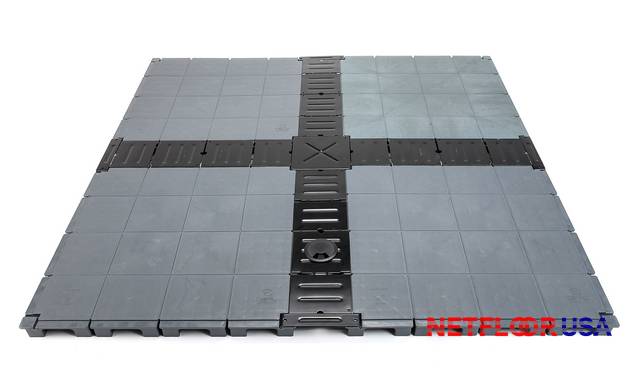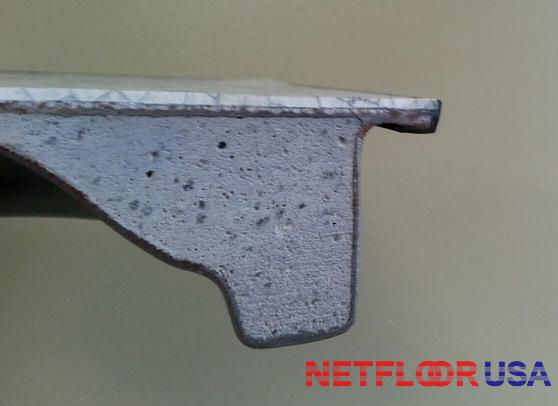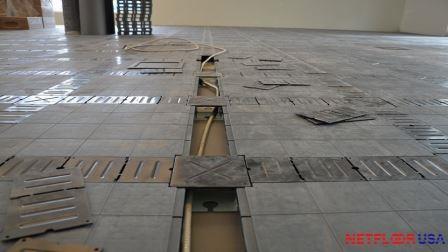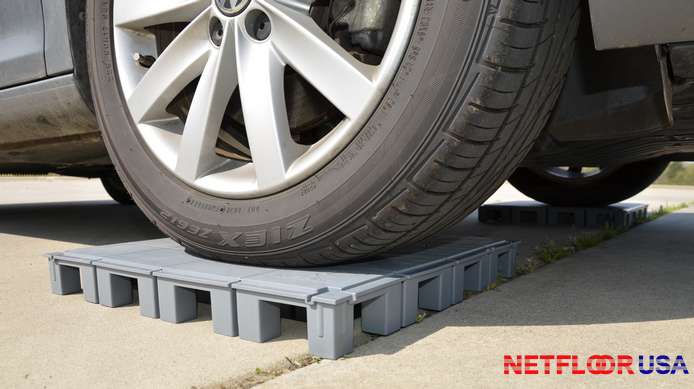The old type of access floor was for specific industries, and it looked like it. The most common color for the floor panels is: gray.
It's sort of like what Henry Ford said about car colors, you know, customers could have any color they wanted as long as it was black.
If you manage an office, a library, a 911 Emergency Ops Center, or any number of building types, there's a good chance you don't want your floor to be gray.
Gray is boring, dull and screams "Look at me, I'm boring, and so is this company!"
No, the high tech buildings of the 21st century need to be built with robust infrastructure AND with a keen eye to building aesthetics.
Workers in an office need to be productive AND happy!
Architects and interior designers have the training to make an office productive and inviting to the workers. They work on the design, the furniture, the carpet, lighting and more to make an efficient and welcoming workspace.
One of the challenges these professionals face is fitting all of the data infrastructure into a human-occupied space.
In a data center, humans are an afterthought. They only show up when something goes wrong or new equipment needs to be added. Thus, data centers are big boxes, with no creature comforts. It's all about the data.
With pretty much every other industry, it's about the people. The workers who use the data. The people in marketing, accounting, video production, applications engineers and more. They have huge data requirements, but they are people after all, and they need to be comfortable.
So, a big, heavy gray raised floor isn't going to cut it.
This is why cable management floors are becoming so commonplace in nearly every industry and building type:
-
Take up less space (1.5" tall up to 6" tall)
-
Have built in cable raceways and electrical boxes (makes it easy to layout workstations and cubicles)
-
Accept many different types of floor finishes (Finally, we got rid of the gray finish!)
-
Are easy to install, maintain and changeout if needed.





 Facebook
Facebook Twitter
Twitter Google+
Google+ LinkedIn
LinkedIn